addiction
How to Solve the Opioid Crisis – Cannabis | Weed | Marijuana
Published
9 months agoon
By
admin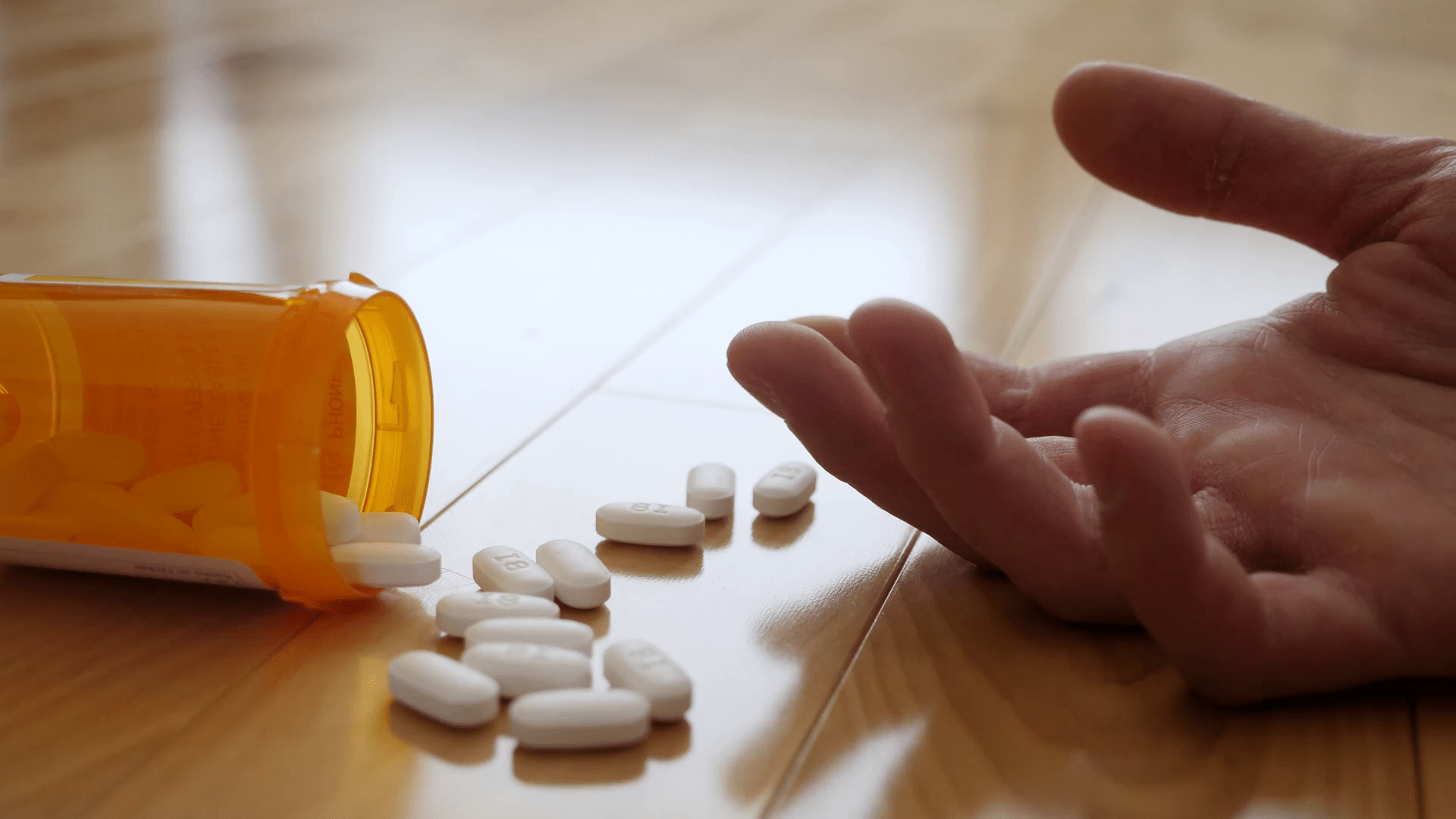
How to solve the opioid crisis? Surely, there is no single solution since addiction is a complex problem. Any model that suggests that an addict has freedom of choice must be wrong by definition.
Consider what contributes to opioid addiction (or any addiction, for that matter). High living costs, financial stresses, genetics, altered brain chemistry, mental health issues, and other underlying causes.
Or is that all bunk?
Addiction experts tend to fall into two categories. The “left-wing activist” side pushes for “safer supply” and other taxpayer-funded “addiction medicine” brought to you by pharma.
At the same time, the other “right-wing reactionary” side wants to focus on traditional methods for recovery (or, at the very least, tweaking previous models to fit current realities).
This dichotomy is best highlighted in Canada’s two most western provinces: Alberta and British Columbia.
The Canadian Experience
B.C. has gone the way of decriminalization and taxpayer-funded supplies of pharma drugs. If you support Liberals and NDP, you tend to take this view. Alberta represents the other side, championed by Conservative politicians and denounced as reckless and inhumane by left-wing critics.
While it’s clear that the B.C. “safe supply” model doesn’t work, critics aren’t entirely wrong to denounce the Alberta model. The latest provincial data shows that Alberta just hit a record in overdoses, a 45 percent increase compared to the year before.
Which isn’t surprising. Alberta premier, Danielle Smith, parrots the language that recovery must focus on mental health. That users are “victims of the disease” of addiction.
This is what makes the Alberta vs. B.C. model a false dichotomy. If we want to solve the opioid crisis, we cannot rely on debates that don’t upset the status quo.
Whether we should supply people with “addiction medicine,” consumption sites, or a more traditional recovery model is not the issue.
Like with politics, we’re best to throw away these “left” and “right” labels and focus on one universal value we all share: freedom.
How to Solve the Opioid Crisis with the Freedom Model
Just as we won’t solve inflation without addressing the fraudulent banking system, we won’t solve the opioid crisis without first addressing why people like to consume fentanyl.
“It’s not okay in our culture to admit you like being high,” says Michelle Dunbar. “People who don’t like opiates don’t keep doing them.”
“People don’t do something they hate,” says Mark Scheeren. “They certainly don’t become habitual at something they hate.”
Mark and Michelle are co-developers, along with Steven Slate, of the Freedom Model. Unlike other addiction programs, the Freedom Model doesn’t rob people of their autonomy.
Many (if not all) recovery programs tell the user that they’ll forever be addicted. They must “work the steps” or have a blueprint for staying sober. Most of these “experts” follow the brain disease theory of addiction, further cementing the idea that our actions are outside our control.
The Freedom Model rejects that. For over 35 years, at the Saint Jude retreat and online, Mark and Michelle have helped tens of thousands of people break free from this “addiction” mentality and move on with their lives.
Whether that means moderate drug consumption or complete abstinence.
Dr. Carl Hart is living proof that even opioid consumers can moderate and experience withdrawal without having it ruin their lives. In fact, drugs can be an enhancement. That’s why we like to do them.
“The truth of matter is if we didn’t have the word addict,” says Mark. “It wouldn’t be an issue. If we used instead the term substance use, as we use in the book, suddenly that casts a completely different way of looking at it.”
So can the Freedom Model solve the opioid crisis?
What About Brain Hijacking?
The Freedom Model rejects that drugs can hijack the brain. The very concept makes no sense. But don’t substances, especially opioids, alter brain chemistry?
“I type 100 words a minute with less than three errors, typically,” says Michelle. “I’ve been typing for the better part of 40 years. But that doesn’t mean I have to type.”
“And that doesn’t mean,” adds Mark, “that the typewriter has hijacked her serotonin and dopamine receptors.”
The idea that we’re mere meat machines compelled to act by our brain chemistry is something the Freedom Model rejects.
“Addiction also means a dedication to something,” says Michelle. “Nobody gets dedicated to something they don’t see benefits in doing. I think a lot of times, too, when people say they don’t like it, what they don’t like is the high cost they’re paying for. They don’t like the negative consequences.”
But the idea we’re compelled to use because of changes to the brain?
“It’s fucking ridiculous,” says Mark. “It’s like a boxer who gets knocked out in the championship fight, and then says, ‘I hate boxing.’ You never hear them say that. They say they hate losing. So they get back into the ring to win. Drinking and drugging is exactly the same way.”
“As a past boxer,” adds Mark. “I know I was willing to pay the price of having brain damage.”
Isn’t Driving a Car Like Doing Drugs?
Mark and Michelle use the example of driving a car. It’s a dangerous activity with high costs (insurance, legal responsibilities, risk of injury). We don’t frame our preference to drive as a problem, so we don’t call it an addiction.
But don’t certain activities become so ingrained into our behavior that we don’t think about them?
Wouldn’t driving a car and not remembering the commute count as a “hijacked” brain? We’re driving, but we’re not conscious. Aren’t drugs like that?
Mark says suppose you were on your commute.
Out in la la land, and a deer jumps out. My god, you will remember that. But none of that is a criteria of a hijacked brain. That’s the criteria of habituated behavior, where the process of that habit doesn’t go to long-term memory. That has nothing to do with serotonin, dopamine, or any of the nonsense they’re trying to peddle these days as a cause for your behaviors. It’s just the same as any habit that you have. When you habitualize something dramatically, the brain prioritizes in memory and says, we’ll we’ve done this 18 times, this isn’t that important; we don’t have to remember it.
So that’s part of the answer. But what about underlying causes? If I’d rather live on the street and risk my life with fentanyl consumption, I must surely have some underlying mental health issue. Right?
What About Underlying Causes?
Attempts to solve the opioid crisis with standard ideas about addiction and recovery are not working. Whether you believe in the “left-wing” B.C. model or the “right-wing” Alberta model.
What will solve the opioid crisis is the Freedom Model.
One primary reason is their rejection of “underlying causes” for addiction. And while on the surface, this may seem radical, in reality, the role of “underlying causes” as a reason for addiction is a new concept.
Says Mark,
For thousands of years, there’s been inklings and whisperings of this, but nobody really believed that alcohol or drugs were an actual mental elixir. They knew it might be a distraction; if you look in the fables and the Bible, you can see in Proverbs and different places, but nobody took it very serious. Because basically, alcohol and drugs were seen as an activity. They weren’t seen as a medicine. Or that I self-medicate my problems away. That’s a relatively new idea within 80 years.
Michelle references the research and data in the book, particularly in chapter six. She says,
You can clearly see that the vast majority of people who suffer from PTSD, or depression or anxiety, or even bipolar, and some of the other mental health issues – don’t have a substance use problem. They just don’t. There’s not even a weak correlation between these things.
Furthermore, Michelle points out that a small percentage of both tend to get over their substance use problems before solving their mental health issues.
Indeed, If I went to a therapist who said, “You need to keep abusing opioids until we figure out your other problems,” I’d demand a refund. But in treatment, this is the message. You will not solve your addiction until you solve your mental health issues.
“It’s very sad. It’s a horrible, infinite loop that people can’t seem to get out of,” she says.
How The Freedom Model is Different
Mark explains how the Freedom Model is different.
We say: you have anxiety, normal. You have depression. Everybody’s experienced it. You have all these issues, and then we look at the research, and we say, it doesn’t really matter what of these mental issues you might have. You don’t have to marry it to the fact that you like to get high. So we separate it and deal with each one independently.
Instead of “underlying causes,” the Freedom Model emphasizes learned connections. Where you may have trauma, depression, or anxiety, and then you take these problems and associate them with the physical buzz of the drug or drink of your choice.
But the idea that opioids (or even cannabis, for that matter) can solve (or exacerbate) your mental health problems is totally bunk.
This is How We Solve the Opioid Crisis
The Freedom Model is how we solve the opioid crisis. Not by supplying more drugs courtesy of the taxpayer.
Not by looking for “underlying causes” and addressing “mental” health. The only way a homeless addict will stop (or moderate, at least) is by literally changing their mind.
The recovery society wants to deprive them of this. Treatment wants to take away their fentanyl and then act like their preference for the Chinese killer drug is a disease or disorder.
I would imagine the biggest challenge for the Freedom Model is the critics. “Addiction” as a social construct? People living on the street doing opioids who have freedom of choice?
According to Mark and Michelle, the biggest challenge isn’t detractors but tech companies.
“If the book was in the hands of everybody who had a problem, I almost guarantee that 80% would embrace it,” says Mark.
That may seem like a bold claim (like how to solve the opioid crisis with the Freedom Model). But that rate has been the reality of Mark and Michelle’s experience helping others with substance use. And they’ve been doing it for 35 years.
Tech Companies Are Their Biggest Challenge
“Our biggest problem is that the tech companies don’t allow us to spread our message,” says Mark. “It’s purely, purely, tech shadow banning.”
It’s too early to tell if Elon Musk’s Twitter/X is helping reverse the algorithm. But, as Mark and Michelle experienced in the comment section of their YouTube Shorts, this message requires nuance.
But even beyond the nuances of the Freedom Model, there’s money and job security in protecting the status quo.
While the Canadian left wing ironically rewards the big pharmaceutical companies with “safe supply,” Conservative leader Pierre Poilievre says he’ll sue the pharmaceutical companies.
But this is a path Americans already went down. Says Mark,
Statistically, prior to fentanyl, the overdose rates were incredibly static. Right around forty to fifty thousand people a year in Ameirca. And that was static for decades and then fentanyl hits, gives opioids a terrible name, because you’re lacing the opioids with fentanyl, and you have all these kids dying. Then the government needed to demonize someone. So the government got into cahoots with pharmaceutical companies and said, we need something. We’re going to sue the shit out of you for making opioids because the public is demanding it.
But behind the scenes, they said, let’s create the narrative that there is now addiction medicine, Suboxone (Buprenorphine). So we’re gonna sue you, but don’t worry, you’re going to make it on the backend over here with some Suboxone, and we’re going to get these people hooked for life on addiction medicine.
Mark and Michelle question this narrative that people get addicted to opioids because doctors over-prescribe them.
“We’ve had 20,000 people come to our retreats over the years,” says Michelle.
In the beginning, nobody said that, but in the last 15 years, everybody said it. But the truth of the matter is my first time using an opioid was at a party, and I liked it. If you ask most people, they’ll say, I liked the feeling of being on opioids. That’s why I kept using opioids. Not that ‘I found myself hooked, because I took them for a medical problem.’
Heroin’s been around forever. But the narrative never was, ‘Oh, I got surgery for a broken leg, and then I was opioids, and then I ended up shooting heroin.’
And now they’re prescribing it for people that are on amphetamines, people that used alcohol, benzodiazepines, which is deadly, I can’t even imagine. It’s now “addiction medicine,” so everybody gets it.
And the pharmaceutical companies are profiting massively from it. They’ve made up for what they lost in the lawsuits.
How to Solve the Opioid Crisis with the Action Axiom
Of course, there is no such thing as “addiction medicine” since there is no such thing as addiction.
While readers may nod in agreement when we criticize a new pharmaceutical for treating “cannabis use disorder,” some may scoff at the idea that you can’t get addicted to cocaine or opioids.
But this gets backs to what the Freedom Model is all about.
“My whole life, I was obsessed and still am with why people do what they do,” says Mark. He says he first focused on what motivates us to act.
“Is it pain or is it pleasure? There was a tremendous amount of research that said that people are avoiding pain, but I suddenly realized, even when people are avoiding pain, they’re trying to get to a better position.”
Mark realized this while living with his guests, where he purposefully didn’t read any research for ten years. Understanding why people were drugging and drinking despite the high costs and negative consequences was like turning a light on.
So I started to reframe this in my mind and I started realize that humans are always, always moving in the direction of some sort of benefit to themselves. And then that went to, oh my god, they’re autonomous, they have their own thoughts and drives, and then I realized, oh my god, that means we’re a free thinking person, an individual.
If this sounds familiar, it’s because, as Michelle pointed out, many ancient philosophies, like the Stoics, came to similar conclusions. I pointed out that this also sounds like Ludwig von Mises in his opus, Human Action, where he referred to this knowledge as “praxeology.”
Jordan Peterson’s first book, Maps of Meaning, also seems to dance around with this idea. As does the work of urban theorist and social critic Jane Jacobs.
Freedom Works
“When I was little,” says Mark. “I had no control; I was a beaten, neglected kid in a terrible environment. I realized the only place I had freedom was within myself. And I have now watched many people, good lives, bad lives. They’re all living within themselves as autonomous individual people. What a beautiful thing. It’s a miracle.”
Yet, this isn’t what modern addiction and recovery programs are based around. Says Mark,
Recovery is completely dependent on this idea that there is some exterior force, this amorphous thing called “addiction,” this malevolent thing that attacks you and overtakes your psyche and makes you broken. That’s where the whole tyranny of experts comes from. We end up giving our rights away, and the entire legal system gets wrapped into it.
How to Solve the Opioid Crisis for $225
Not only can the Freedom Model solve the opioid crisis, but it can do so cheap compared to rehab costs or a taxpayer-funded supply of “safe” pharmaceutical drugs.
The best part is “addicts” don’t have to go to a physical location (unless they want to). There’s also no separation from friends or family. Mark and Michelle won’t take your phone away and treat you like a prisoner or misbehaving child.
“One of things I started to study was how families can help their loved ones best,” says Michelle.
And it really turns out how to help them best is to leave them alone. Listen to them. Be respectful of their wishes and their opinions, and not thrust their own wants and needs and things on this other person. If you’re going to help somebody who’s struggling with an addiction, a lot of times what that turns into is “You have to change your behavior so I can be happy.” That’s not fair.
Mark and Michelle take the approach, “I don’t know what’s best for that person.” It’s not up to them to decide whether you should consume or not consume opioids (or cannabis, alcohol, gambling, porn, whatever).
“But what is up to me,” says Michelle, “Is to give people the information and then give them room to figure out for themselves how they can be happy in their lives.”
“You were born with every single thing you need to do to get over a drug and alcohol problem,” says Mark. “You don’t need the recovery apparatus, you don’t need meetings, you don’t need rehabs, you don’t need MAT drugs, what you need is the truth.”
Resources
Fortunately, you can find The Freedom Model online. But not every homeless opioid user is going to read a 480-page book. (Not even the audiobook or the free abridged version.)
You may also be struggling and don’t find “self-help books” particularly interesting or helpful.
For that, the Freedom Model has an online masterclass for only $225. I’m not making any commission or financially benefiting from this program. I simply want to solve the opioid crisis without lining the pockets of the politicians and pharmaceutical companies responsible for this mess.
Or by ceding to the “public health” busybodies that call for restrictions on the cannabis industry, label addiction as a brain disease, and treat contrary opinions as “misinformation.”
The Freedom Model is the only model that makes any sense. If you or someone you know is struggling, why not give it a try?
You may like
-


The Economic Impact of Cannabis
-


“A big deal”: What the feds’ move to reclassify marijuana means for Colorado cannabis
-
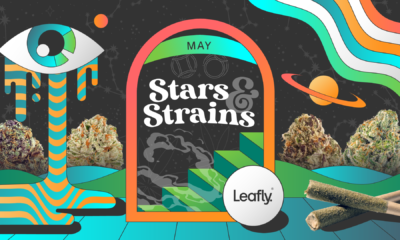

Star signs and cannabis strains: May 2024 horoscopes
-


Yesterday’s Marijuana Rescheduling News, Explained
-


The Marijuana Industry’s Secret Playbook to Get Weed Legalized in All 50 States
-
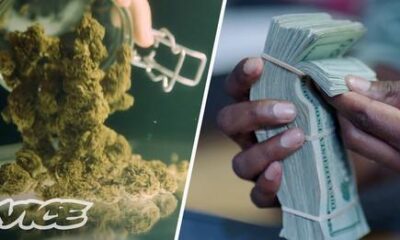

The Green Rush to Colorado’s Multibillion-Dollar Weed Industry | WEEDIQUETTE
addiction
Best Tips For A Spring Marijuana Tolerance Break
Published
1 month agoon
March 25, 2024By
admin
Daily cannabis consumers may noticed their tolerance changes. Like alcohol, it might take more to feel the same….whether it is the amount, a higher THC or a frequency. This is probably a sign you need think about a pause. And here are the best tips for a spring marijuana tolerance break.
If you use cannabis for a prolonged period of time, body becomes desensitized to its psychoactive effects. When you constantly put THC in your body, the receptors that bind to it become compromised. Think of it as giving your receptors a chance to recuperate.
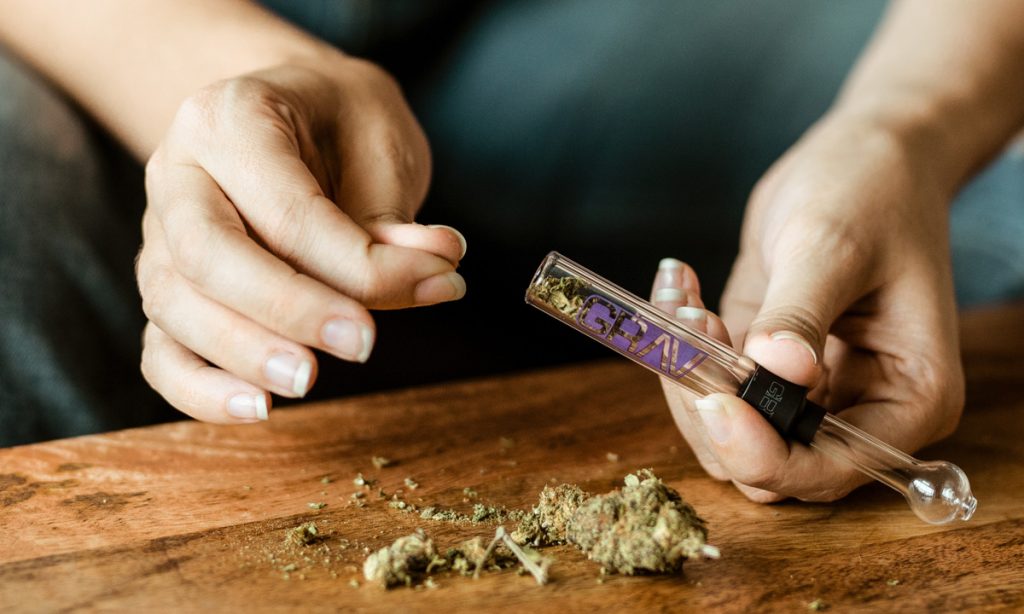
Reducing Consumption
Does reducing consumption over a full stop make a difference? This method certainly will help, but receptors are still being activated on a semi-regular basis. Many marijuana enthusiasts prefer this halfway approach and it works for some. If you consume multiple times a day, limit it to just at the end of the evening. If used as a sleep aid, consider opting for melatonin or other remedies for a few weeks as a replacement.
RELATED: It Possible To Be Physically Addicted To Marijuana?
How long should it last
Everybody is different, but most programs last 4-6 weeks. Taking a break for one or two days isn’t going to allow your body to adjust. THC can remain in your system for 30 days. Allowing the cannabinoid to flush through your system will do your body good. Just be careful on the first time you restart.
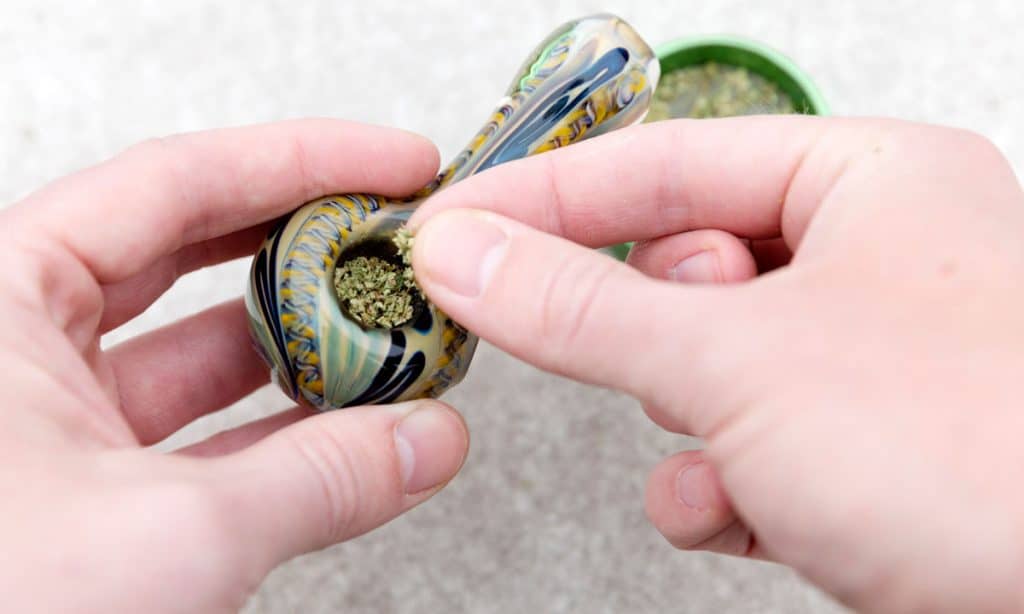
Negative side effects
Life a caffeine holiday, you may show symptoms of irritability, moodiness of other signs of withdrawal. This can be
What if it is for medical reasons
This is a bit tricky. If you are use cannabis as medicine, it is smart to consult with the health professional who recommended it for the ailment. If you are currently consuming it as an aid in chemotherapy, PTSD, pain relief or any other serious ailment, it is key to balance the desire to medicate with the desire to lower your tolerance.
The best advice is to stay active. Go for long walks or to the gym. Releasing endorphins may assist in preventing or lessening the negative effects.
If you find this to be a difficult task, it may be a warning sign that you are becoming dependent on the drug. But try to focus on this silver lining: If you take a protracted break from cannabis, you’ll be saving yourself a chunk of change. And who couldn’t use a few extra bucks in the bank account?
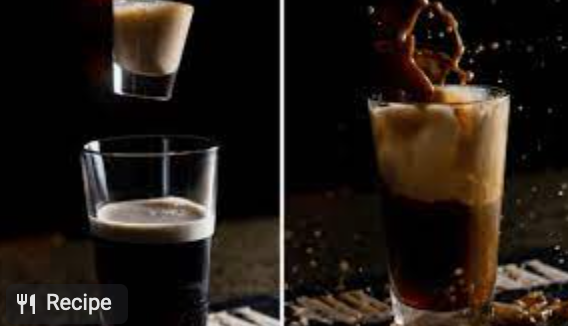
The concept of popping open a beer after work was ingrained in the boomer generation as a way to relax and shake off the troubles of the day. But younger millennials and Gen Z have a different take. As seen in fully legal states, beer sales are down, and in recent research, they are moving to cannabis. So how much marijuana to take to be happy and shake it off?
Different generations chill and relax in different ways. Earlier boomers had cocktails, late boomers and Gen X had illicit weed, valium and drinks, now the youngest adults are moving to vaping and gummies. While it should not be done too regularly, sometimes the world just gives you a rough go. Whether a jerk at work, car trouble or just a full flung case of the grumpies, sometimes you need a distraction. But how much of a dose should take to be happy?
First, you need to make sure it isn’t a daily habit, addiction is no joke and problems can occur. But on this days when you just want to kick back and chill after a hard day, what do you do. Researchers at the University of Illinois at Chicago and the University of Chicago report low levels tetrahydrocannabinol, or THC, the main psychoactive compound in marijuana, does reduce stress, but in a highly dose-dependent manner: very low doses lessened the jitters of a public-speaking task, while slightly higher doses — enough to produce a mild “high” — actually increased anxiety.
Consumer data shows the younger generation is leaning into a few hits of a vape or a gummy or two Monday – Wednesday. Rather than have the hangover, the calories, and the alcohol high, they want something smoother and less fattening.
If you a canna newbie or an occasionally user, a mild relaxant could be about 2.5 mg. if you want to up it, 2.5-5 mg. work. For the more frequent use mild would go to 2.5-5 mg and to increase it would be 5-10 mg. Products purchased in a dispensary have a labels with dosage to help you manage.
You can also chat with the bud tender. A little trial and error can help you figure out what you want to relax and find your happy spot.
addiction
The Effect Your Genes Have On Your Marijuana High
Published
2 months agoon
March 14, 2024By
admin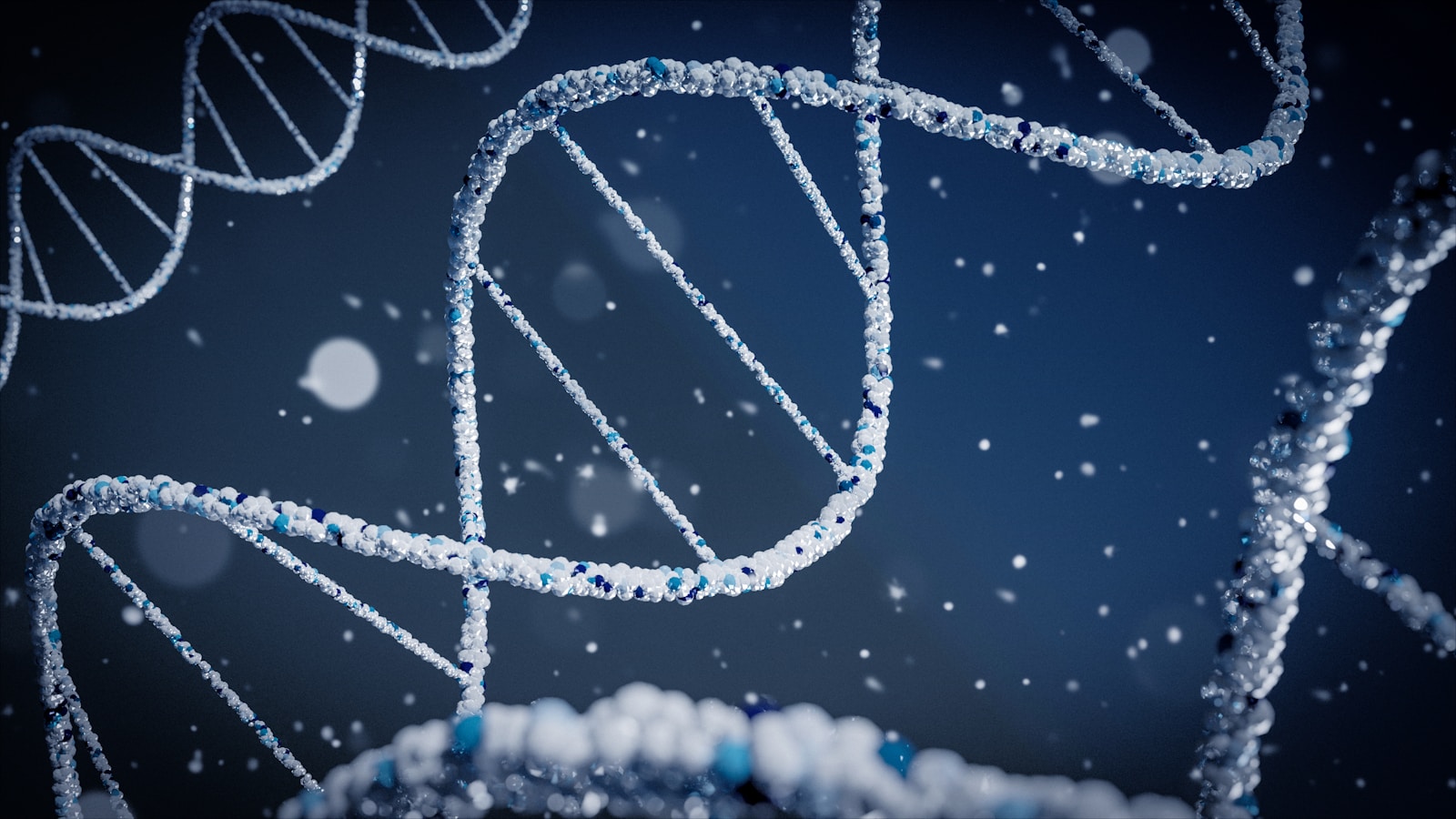
Sometime you go out and a few drinks hit you must different they they usually do…there is a wide variety of reasons why, and genetics is one of them. The body is a complex systems scientists and physicians are still trying to figure out. And when you add things to your body, they don’t always know it is going to react.
Like alcohol, marijuana has been around since early man and has been used for worship, medicine and for pure recreations…but it remains unpredictable. Even seasoned users have a variation of there usually journey. But they can usually manage the effect marijuana has on them, while also staying calm during an unpredictable high. For newcomers, however, it’s different; novice users usually can’t predict how the drug will affect them, whether it’ll lead to a paranoid high or giggle fest.
RELATED: 8 Ways to Enjoy Marijuana Without Smoking It
Cannabis functions by binding itself to the cannabinoid receptors in our bodies, which are located in our cells, containing our individual DNA. Mutations in CB1 or CB2 receptors can make you more vulnerable to different illnesses, such as Chron’s disease or anorexia. These changes could also impact how your cells bind to different molecules including the ones in cannabis. It is one explanation on why different people have different reaction to the same strain.
In a study, published in the journal Nature Neuroscience, researchers found a variable in the gene CHRNA2 could increase the risk of becoming addicted to cannabis. Cannabis addiction is something that’s not all that understood, with many people doubting its existence. Symptoms of marijuana withdrawal include depression, irritability, a higher heart rate and more.
While this gene doesn’t indicate whether or not someone is a marijuana addict, it does increase the odds of these kinds of responses to heavy use of the drug.
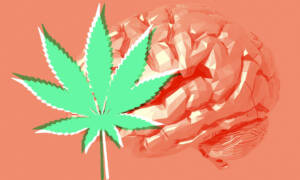
All of this means that when sharing a bong or a joint with friends, a few of them can have slightly different reactions depending on several factors including their genome, personal experience with the drug and the strain they’re ingesting.
Genes are extremely complex. Although we’re born with some genetic mutations, other mutations can occur due to the things we’re exposed to throughout our lives, such as the foods we eat, the germs we interact with, our levels of stress, and more.
RELATED: Marijuana Makes You Paranoid? Study Suggests Your Genes Are To Blame
There’s a lot we don’t understand about genetics yet, but organizations like the Allen Institute are doing research to under more. This will lead to a better understand of cannabis and its impact on our genes. There’s a lot of possibilities once you start playing around with these variables, hopefully resulting in more medicinal and recreational benefits.

The Economic Impact of Cannabis

“A big deal”: What the feds’ move to reclassify marijuana means for Colorado cannabis

Star signs and cannabis strains: May 2024 horoscopes

Yesterday’s Marijuana Rescheduling News, Explained

The Marijuana Industry’s Secret Playbook to Get Weed Legalized in All 50 States

The Green Rush to Colorado’s Multibillion-Dollar Weed Industry | WEEDIQUETTE

DEA plans to move to reschedule marijuana as a lower-risk drug

What is a Jamaican Steam Chalice and Why Should You Try Smoking Weed Out of One?

These Two Iconic Cannabis Companies Could Disappear

Amsterdam to ban cannabis in its red light district

Distressed Cannabis Business Takeaways – Canna Law Blog™

United States: Alex Malyshev And Melinda Fellner Discuss The Intersection Of Tax And Cannabis In New Video Series – Part VI: Licensing (Video)

Drug Testing for Marijuana – The Joint Blog

What you Need to Know

Cannabis, alcohol firm SNDL loses CA$372.4 million in 2022

NCIA Write About Their Equity Scholarship Program

City Of Oakland Issues RFP For Employee Training Programs

It has been a wild news week – here’s how CBD and weed can help you relax

A new April 20 cannabis contest includes a $40,000 purse

UArizona launches online cannabis compliance online course
Trending
-

 Cannabis News1 year ago
Cannabis News1 year agoDistressed Cannabis Business Takeaways – Canna Law Blog™
-

 One-Hit Wonders1 year ago
One-Hit Wonders1 year agoUnited States: Alex Malyshev And Melinda Fellner Discuss The Intersection Of Tax And Cannabis In New Video Series – Part VI: Licensing (Video)
-

 drug testing4 months ago
drug testing4 months agoDrug Testing for Marijuana – The Joint Blog
-

 Cannabis 1011 year ago
Cannabis 1011 year agoWhat you Need to Know
-

 Marijuana Business Daily1 year ago
Marijuana Business Daily1 year agoCannabis, alcohol firm SNDL loses CA$372.4 million in 2022
-

 Education1 year ago
Education1 year agoNCIA Write About Their Equity Scholarship Program
-

 Education1 year ago
Education1 year agoCity Of Oakland Issues RFP For Employee Training Programs
-

 Cannabis1 year ago
Cannabis1 year agoIt has been a wild news week – here’s how CBD and weed can help you relax









